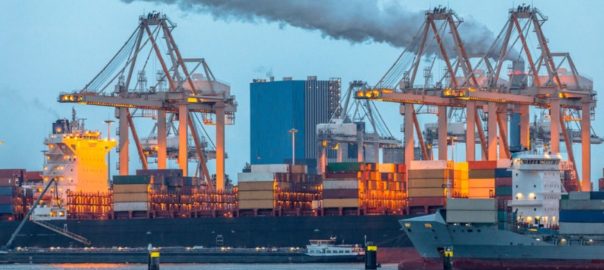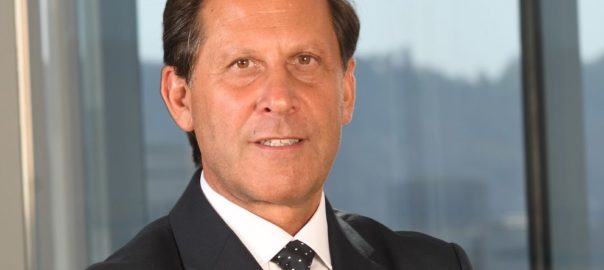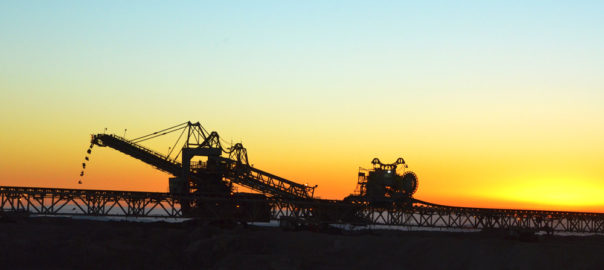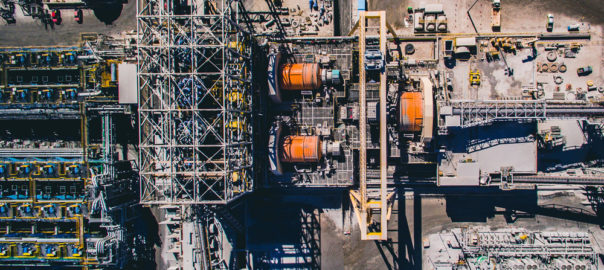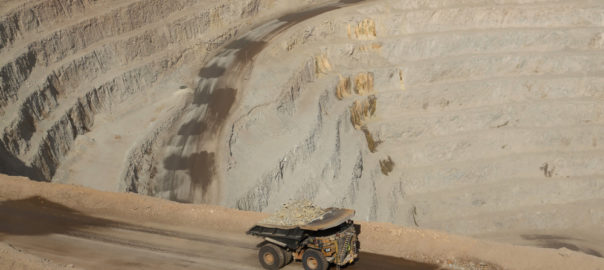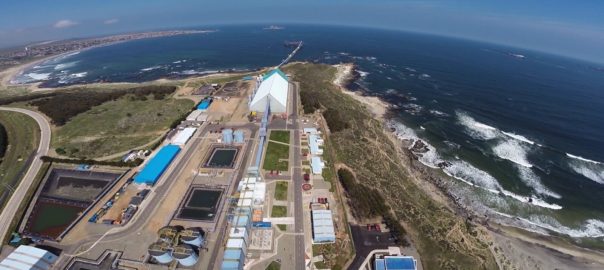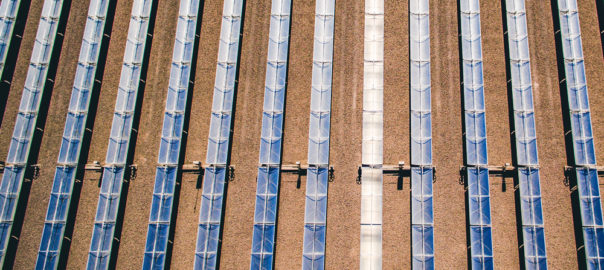ICMM has published guidance to support mining and metals companies to set impactful short-, medium- and long-term targets for reducing their Scope 3 emissions.
The Scope 3 Emissions Target Setting Guidance underscores the importance of transparency and engagement with suppliers, customers, investors and regulators in setting targets, to help accelerate emissions reduction throughout the value chain, it said.
Scope 3 emissions are a critical area of focus for the mining and metals industry, representing up to 95% of a company’s total emissions, compared with 75% across other sectors, according to reports.
This guidance defines target-setting principles tailored to the specific considerations of the mining and metals sector, and is drawn from current EU, US, UK, Canadian and Australian regulatory frameworks, as well as guidance from the United Nations’ High Level Expert Group on Net Zero Emissions Commitments of Non-State Entities. Acknowledging the inherent differences in commodities and value chains, rather than endorsing a specific methodology, it provides mining and metals-specific context around commonly used approaches.
The guidance establishes a robust framework for companies to enhance their targets as their capabilities mature over time, ICMM says. It sets out leading practice across four maturity stages, with each stage outlining minimum expectations across five key dimensions: accounting and reporting, identification of emissions ‘hotspots’, business integration and alignment, assessment of decarbonisation pathways and organisational governance.
Rohitesh Dhawan, CEO, ICMM, said: “As the discussions at COP28 have made clear, each sector bears the responsibility to understand its part in the broader system and extend beyond immediate boundaries to unearth solutions to stubborn sources of emissions. As the base products in almost every industry – from renewable energy and sustainable transport, to construction and tech – metals and minerals are critical to advancing the Sustainable Development Goals and meeting the goals of the Paris Agreement.
“ICMM’s Scope 3 Emissions Target Setting Guidance underscores ICMM members’ dedication to thoroughly understanding their value chain emissions and their capacity to influence change. Collaborating with customers, suppliers, investors and regulators, ICMM members aim to curtail emissions in line with global climate goals. We urge all mining and metals companies to embrace this guidance and set their own targets for reducing Scope 3 emissions.”
Iván Arriagada, CEO, Antofagasta plc, Chair of ICMM and member of ICMM’s Council Climate Change Advisory Group, added: “At Antofagasta, our commitment to addressing climate change permeates every aspect of our strategy and decision making. The introduction of ICMM’s Scope 3 Emissions Target Setting Guidance is an important step in enhancing transparency and catalysing collaborative efforts across the industry to curb these emissions.
“Tackling Scope 3 emissions requires a distinct approach from operational emissions directly or indirectly generated at sites. Setting targets within mining and metal value chains is a complex process, demanding a shift from direct emissions management to collaborative and integrated engagement. This involves building strong relationships with suppliers and customers, even within intricate supply chains.”
In 2021, ICMM members committed to achieve net zero Scope 1 and 2 greenhouse gas (GHG) emissions by 2050 or sooner, in line with the ambitions of the Paris Agreement. They also committed to report on Scope 3 emissions and set reduction targets by end-2023 or as soon as possible. Significant progress has been made towards these commitments, and members remain focused on meeting their short and medium-term milestones, ICMM says.
In September 2023, ICMM published Scope 3 Emissions Accounting and Reporting Guidance, establishing a standardised framework for mining and metals companies to calculate and disclose their value chain emissions. This new Target Setting Guidance builds on these accounting and reporting principles.







